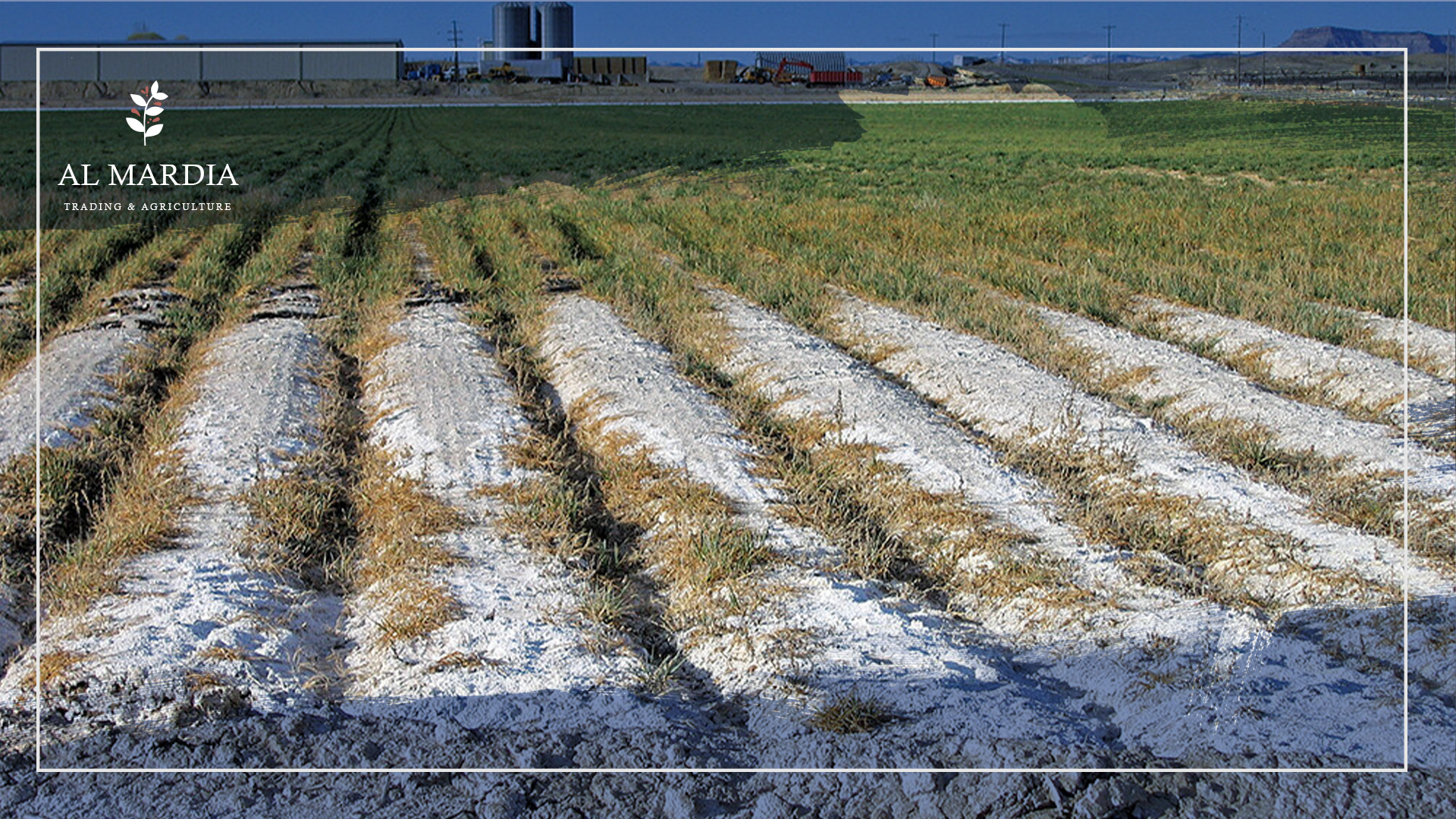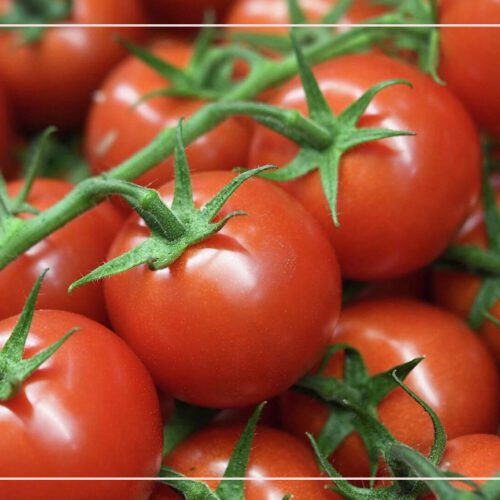
All You Need to Know about Soil Salinity
Soil salinity is considered one of the most important abiotic challenges in agriculture, with effect on foster growth retardation, biological abnormalities, lower the crops yields leading to real threats to the world food-sufficiency. Salt can remain in the soil for a long time causing huge growth-deterioration especially in arid and semiarid areas.
The problem happens when the concentrations of sodium and chlorine ions and other similar salt increase in soil more than its standard levels, which basically disturbs essential functions required for normal growth and development of plants like osmosis and other metabolic activities. In this article, you will find all you need to know about soil salinity.
When the salt level increases in the soil, the osmotic troubles are represented in difficulties for plants to extract water from soil. Even though some plants are more resistant to salinity than others, all kinds of them become water stressed, causing visual symptoms very similar to those plants suffering from water shortage. That’s why this phenomenon is defined as chemical drought.
Soil becomes saltier due to arid climate and poor rainfalls which are very indispensable to refine soils and filtrate salts out of plant root area. Salt concentrations become higher as a result of poor soil drainage, inconvenient irrigation methods, using unfiltered salty water for irrigation, applying extra amounts of fertilizers like compost or manure or using ice on roads and sidewalks for deicing.
How to detect the problem?
We know that the first step to solve any problem is to detect it precisely with all causes and consequences. Many commercial testing labs have been constructed to measure the soil salinity. This process is achieved by measuring the electrical conductivity of the solution extracted from the soil at water saturation. Salt levels are given using units of Decisiemens per meter (dS/m). It is recommended to have soils tested before making any large expensive landscape plantings.
“Having high levels of sodium in the soil means the soil is sodic, but high levels of soluble salts means that the soil is saline.”
Malfunction Irrigation consequences:
The more that irrigation is used for the benefits of increasing the production, the more saline soils become. Many farmers are not aware of that fact; hence they don’t know how irrigation may cause the soil to become salty.
Irrigation-based agriculture has led to many environmental consequences such as salinization, depletion of water supplies, underground water pollution and waterlogging.
The estimations indicate that salinized land in arid and semi-arid regions has increased from 45 million hectares to 62 million hectares in the last three decades.
How does salty soil affect farmers?
Salinity problem is very probable to cause crop yield losses even if it’s not obvious or the intensity of the problem is not excessive. The losses can vary depending on the crop and its salt tolerance which determine the ability of the plant to extract water from salinized soils.
Soil salinity can reduce the production of crops, trees and grazing land by affecting the nitrogen uptake retarding plant growth and reproduction ability.
In addition, some salt ions can be toxic to soil and plants. For example, chloride ions surplus may poison the plants and diminish any production possibility.
How to avoid soil salinity?
- Use efficient irrigation systems with filtering and monitoring procedures to reduce the soil problems to the minimum.
- Taking care of surface leveling, constructing drainage channels all over the farming land.
- Appling subsoil drainage schemes.
- Mixing saline water with better quality one to reduce the salt effect before using it for irrigation.
RELATED TOPIC: Excess Sulfur in The Soil
How to fix the soil salinity problem?
Many farmers want to know how to fix salty soil. Actually, the main solution is based on having good drainage which is the whole key. Many farmers tend to set a drain tiles network underground. The level of salinity determines our needs for draining tiles.
It’s essential to monitor all unwanted components in the soil and turn them to soluble salts. In addition, we have to control the calcium levels in the soil which must be at least 65% on a base of saturation test. If calcium level is below that, more calcium must be added in the form of gypsum as recommended to reach soil salt balance. It might be added as lime as well.
With calcium it’s fairly large molecules, and it helps with porosity in the soil. It also helps that the soil has more air space which improves the soil areolation process.
Calcium adding could enhance the natural drainage too, because if there is more space between soil particles, more available paths for salt molecules to move through more quickly.
Recommended practices:
To mitigate the impact of saline soil problem, many procedures are preferred to be followed:
-
Irrigated deeply and infrequently:
One inch of water per week is sufficient for healthy and productive crops. Deep irrigation can promote deep root growth and flush harmful salts away from the roots.
-
Flush out salts:
When salt appears on the surface, we should apply 2 inches of water for 2-3 hours, and repeat the process for three days if the salt reappears.
-
Moderate fertilizer usage:
Fertilize only when necessary because all kinds of fertilizers contain salts, and it’s mostly recommended to use organic fertilizers.
You can now check the full list of Agricultural Products
produced by Almardia Group
Common questions:
-
Name some crops and plants that grow in salty soil.
Adam’s needle, Bougainvillea, Bee balm, Daylily, Gaillardia, Japanese pittosporum, Lantana, Pink muhly grass.
-
What happens if soil is salty?
Water may flow from the plants back to the soil as a reverse process of osmosis. As a result, yields decline and plant death of dehydration will happen.
-
Where is salty soil found?
The total area of saline soil lands is about one billion hectares. Most of them are the arid regions in Asia, Australia and South America.





